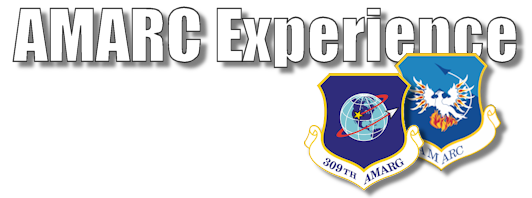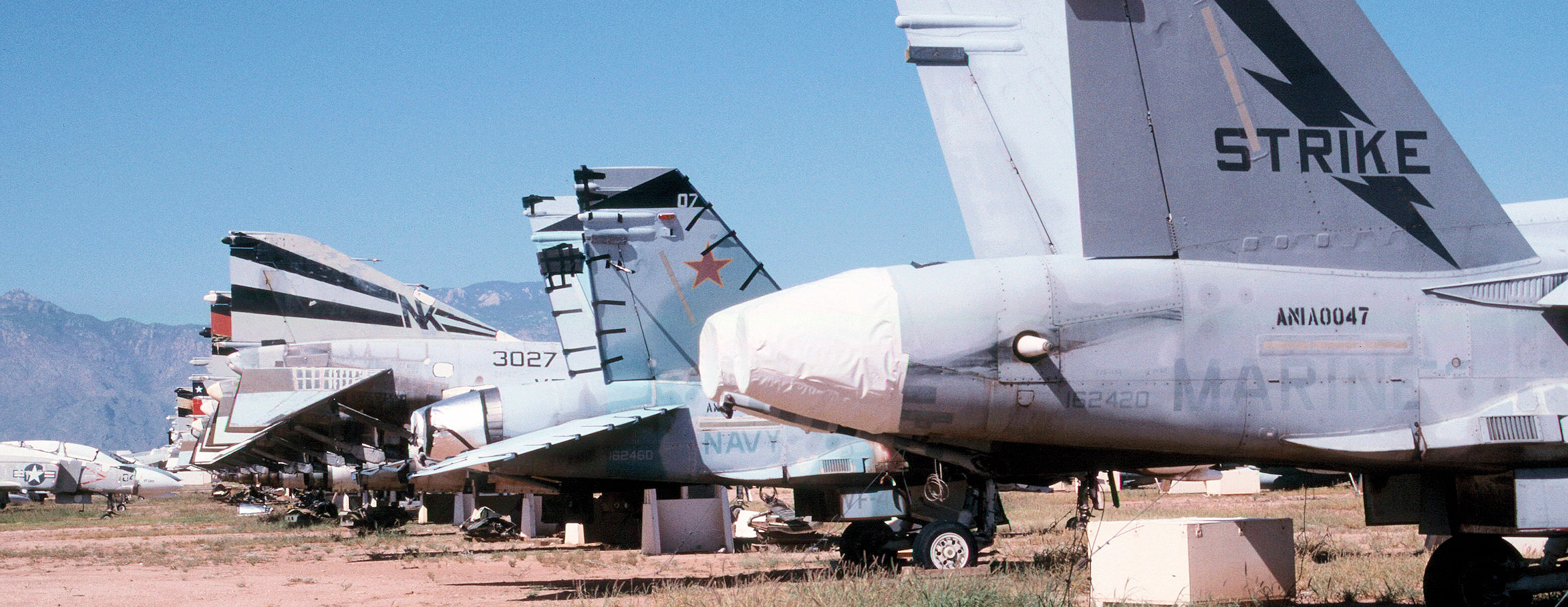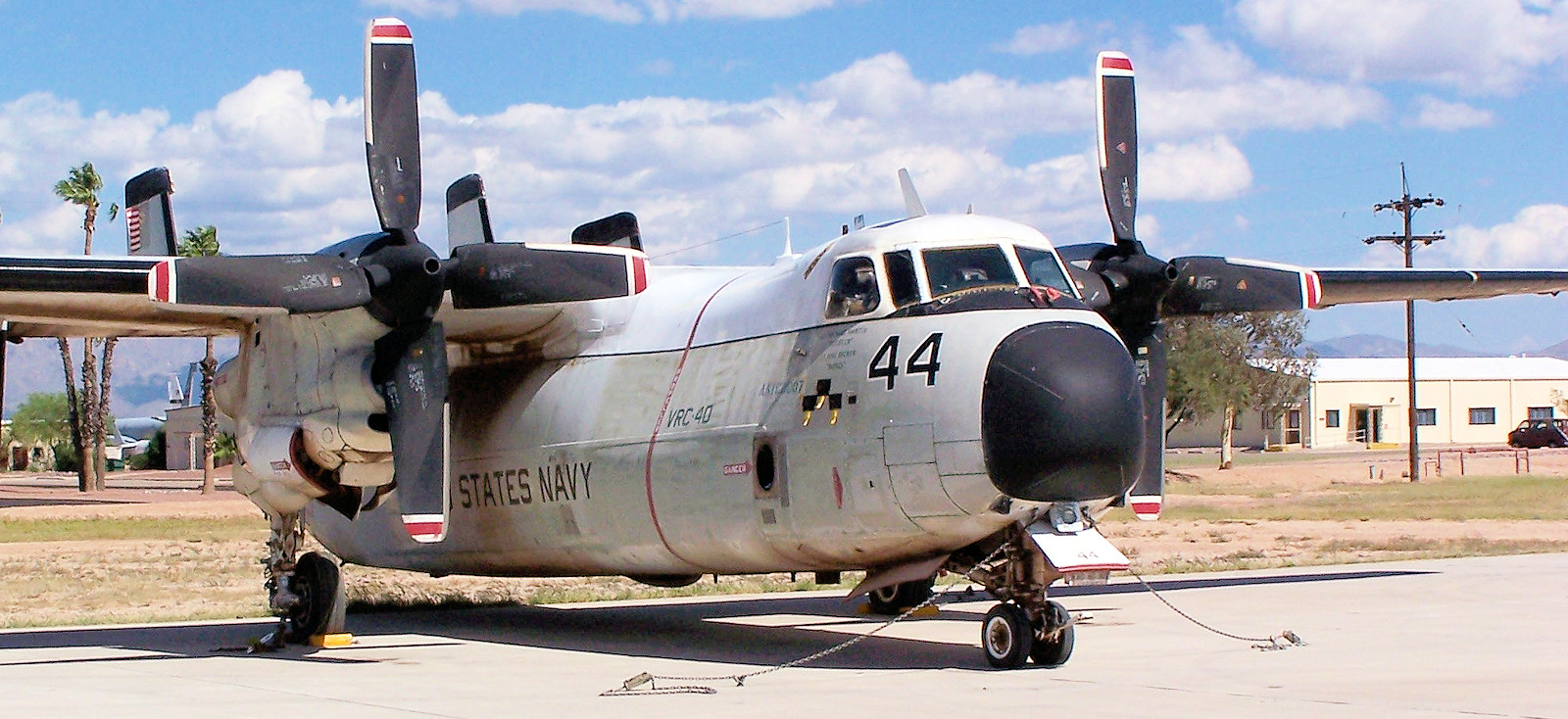Row of U.S. Navy and U.S Marine H-34 Choctaw.
MASDC Re-designation
On February 1, 1965 the center was once again re-designated, this time to the Military Aircraft Storage and Disposition Center, or MASDC. This re-designation was the result of the decision by the Assistant Secretary of Defense for Installations and Logistics to close NAF Litchfield Park, located just to the west of Phoenix, AZ., some 150 miles away from Davis-Monthan AFB. Until this time the US Navy used NAF Litchfield Park as it's primary location to store it's reserve and retention aircraft, it was viewed that by combining with MASDC a more efficient and cost effective solution would be created. The name, without a specific reference to the Air Force or it's structure, was chosen to better reflect the new multi-service mission of the combined facility.
NAF Litchfield Park Closure
Following the announcement of Litchfield Park's closure, the first of over 1,100 aircraft began leaving Litchfield Park. During January 1965 the first aircraft, 52 flyable/reserve Grumman TF-9J Cougars, arrived at MASDC. Owing to the costs associated with regenerating the aircraft and flying them the short distance down to MASDC (and re-preservation once there) it was decided to transfer the vast majority of the aircraft down by road, this would save around $4,000 per unit.
During 1965 a steady stream of other aircraft left the naval facility, while many more were scrapped or transferred to other locations and units. It took nearly two over years to complete the removal, with the last 3 aircraft, an F-6A Skyray, LP-2J Neptune and HU-16C Albatross, leaving the facility during May 1967. For many of the aircraft their stay at MASDC would be a short one as within one year nearly one half of them would depart leave to U.S Navy yards around the U.S.
Below are links to listing of the numbers of US Navy aircraft at NAF Litchfield Park and MASDC during the period of the transfer between facilities. The numbers are split between different aircraft storage statuses, a decode of the status classifications used can be found using the link available below and also on both inventory pages.
NAS Litchfield Park 1965 - 1966">NAF Litchfield Park Inventory MASDC USN Inventory US Navy Status Codes Classifications
1964 - 1969
Foreign Military Sales
During the MASDC years hundreds of aircraft were supplied to friendly nations under the Military Assistance Program. Below are some of the more notable transfers of aircraft which were drawn from storage and regenerated for re-introduction back into service. Many other MAP supplied aircraft were drawn direct from operational and from aircraft manufacturers. Our database details the receiving country of regenerated aircraft where known, dispositions will be updated when more details come to light.
For more information on the Military Assistance Program (MAP) you can visit our Military Assistance Program page.
- McDonnell Douglas F-101B Voodoos to the Royal Canadian Air Force.
- Republic of China (Taiwan) Air Force was a large receiver of MAP aircraft, including Lockheed F-104 Starfighters supplied in 196???, F-100 Super Sabres in 1970, T-33A in 1975
- Numerous Lockheed T-33A Shooting Stars were supplied to Brazil, Greece
- In 1964 and 1965 North American T-28As were regenerated and converted to T-28Ds by North American in Columbus, OH. These were supplied to Laos and Thailand. Later on in the early 1970s more were supplied to the Khmer Air Force.
Major Retirements
Between 1965 and 1985 a large number of major aircraft types were retired completely from US military service, while some other major types were dramatically reduced leaving only small numbers surviving into the 1980s. The complete retirements were usually followed by the rapid disposal by scarpping of vast numbers of the types, however, some aircraft that could be useful to foreign military forces or civilian customers faired better. Below is a summary of the no
- Boeing B-47 Stratojet
- Boeing C-97 Stratofreighter
- Convair B-58 Hustler. Fleet retired between November 1969 and January 1970 with 80 aircraft retired to MASDC. Most aircraft were scrapped between May and August 1970, with only 2 being saved by museums.
- Douglas C-133 Cargomaster. Fleet retired between January and August 1971 due to the introduction of the Lockheed C-5A Galaxy, with 33 aircraft arriving at MASDC. All aircraft were declared as excess almost immediately and the majority scrapped by the end of 1974. Serveral were purchased by civilian customers and one went to Pima Air and Space Museum.
- Fairchild C-119 Flying Boxcar
- Lockheed C-121 Constellation
- Lockheed T-33 Shooting Star. Over 1,100 had arrived at MASDC by the end of the 1970s. A large number were purchased or supplied to foreign air forces around the world including Brazil, Colombia, Greece, Guatemala, Republic of China (Taiwan), Philippines. A large number of them were re-generated and returned to service with units who operated them until the late 1980s.
- Douglas C-124 Globemaster. This type was retired gradually from January 1969 to September 1974 due to the introduction of the Lockheed C-5A Galaxy, with over 350 aircraft arriving at MASDC. Like the C-133s the C-124s were declared excess after only a short time in storage and the vast majority scrapped on site. One escaped scrapping at Pima Air and Space Museum, another left for USAF Museum, Wright Patterson AFB, OH. and a couple were returned to service in 1972.
1970 - 1985
Vietnam War
During the 1960s and into the early 1970s The Vietnam War provided a lot of work for the men and women at MASDC.
- The regeneration of surplus US Navy A-1 Skyraiders back into Air Force service by the Naval Air Rework Facility, NAS Quonset Point, RI. and McClellan AFB, CA.
-













